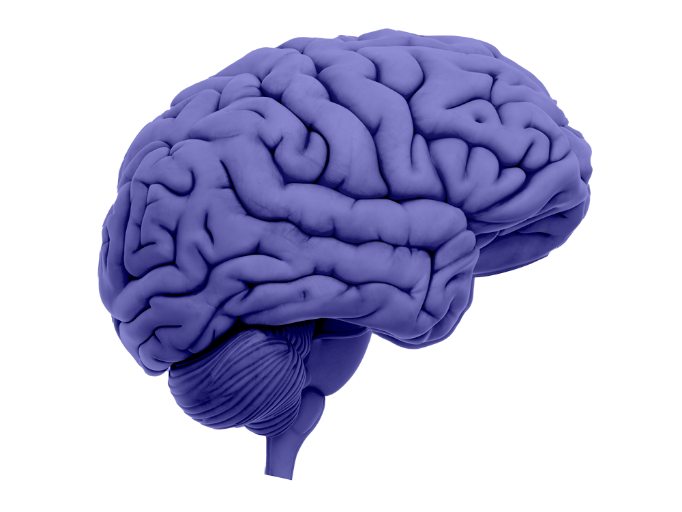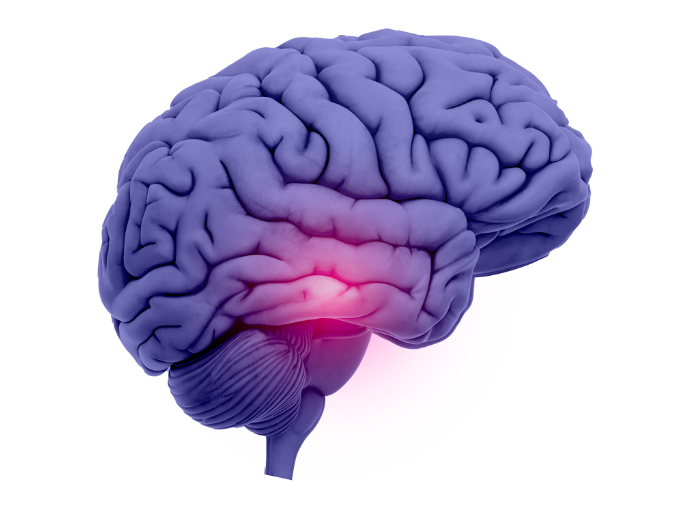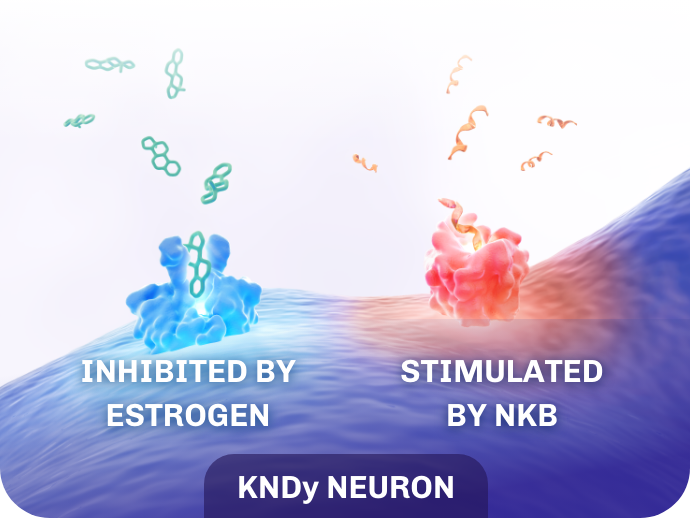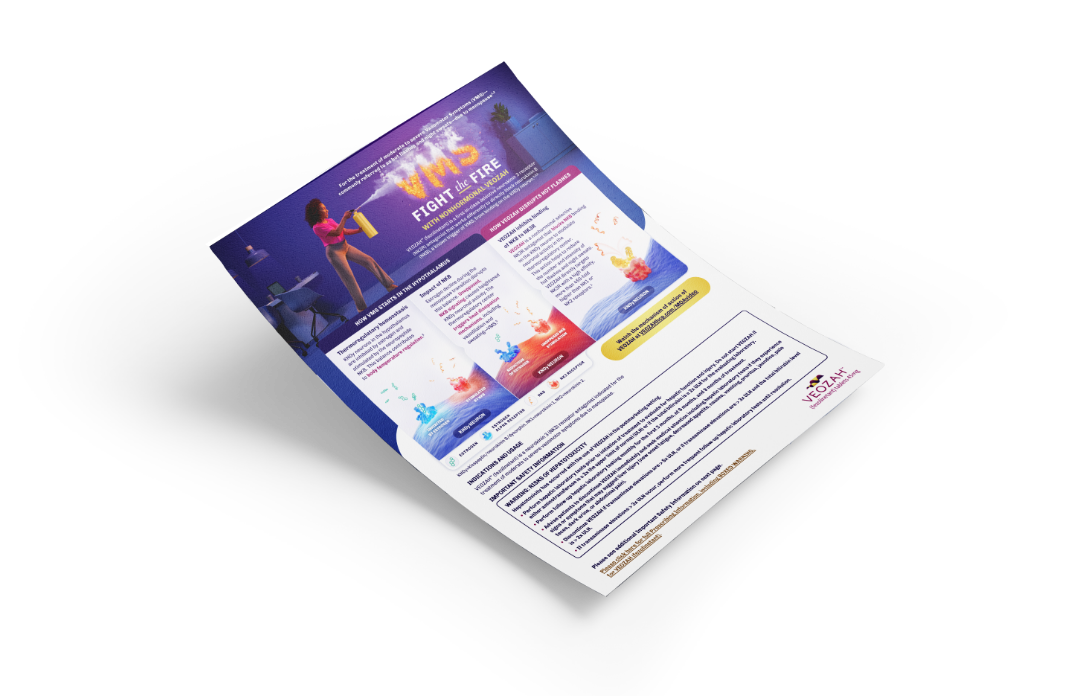THIS WEBSITE IS INTENDED FOR US HEALTHCARE PROFESSIONALS ONLY.
I certify that I am a healthcare professional in the US.
NOVEOZAH is not a hormone.
It’s a first-in-class selective NK3R antagonist that works differently to directly block NKB, a known trigger of VMS, from binding on the KNDy neuron1,3,4
It’s a first-in-class selective NK3R antagonist that works differently to directly block NKB, a known trigger of VMS, from binding on the KNDy neuron1,3,4
KNDy=kisspeptin/neurokinin B/dynorphin, NK3R=neurokinin 3 receptor, NKB=neurokinin B.
KNDy NEURONAL ACTIVITY
THERMO- REGULATORY ACTIVITY
THE BINDING OF NKB


Watch the MOA of VEOZAH
How VEOZAH disrupts hot flashes1


ESTROGEN ALPHA RECEPTOR

NKB

NK3 RECEPTOR
Thermoregulatory homeostasis
KNDy neurons in the hypothalamus are inhibited by estrogen and stimulated by the neuropeptide NKB. This balance contributes to body temperature regulation.5
Impact of NKB
Estrogen decline during the menopause transition disrupts this balance. Unopposed, NKB signaling causes heightened KNDy neuronal activity.5
The thermoregulatory center triggers heat dissipation mechanisms, including vasodilation and sweating—VMS.5
VEOZAH inhibits
binding of NKB to NK3 R
VEOZAH is a nonhormonal selective NK3R antagonist that blocks NKB binding on the KNDy neuron to modulate neuronal activity in the thermoregulatory center. This action helps to reduce the number and intensity of hot flashes and night sweats.1
VEOZAH directly targets NK3R with a high affinity, more than 450-fold higher than NK1 or NK2 receptors.1
KNDy=kisspeptin/neurokinin B/dynorphin, NK1=neurokinin 1, NK2=neurokinin 2, NK3R=neurokinin 3 receptor, NKB=neurokinin B.
IMPORTANT SAFETY INFORMATION
INDICATIONS AND USAGE

IMPORTANT SAFETY INFORMATION
INDICATIONS AND USAGE
WARNING: RISKS OF HEPATOTOXICITY
Hepatotoxicity has occurred with the use of VEOZAH in the postmarketing setting.
- Perform hepatic laboratory tests prior to initiation of treatment to evaluate for hepatic function and injury. Do not start VEOZAH if either aminotransferase is ≥ 2x the upper limit of normal (ULN) or if the total bilirubin is ≥ 2x ULN for the evaluating laboratory.
- Perform follow-up hepatic laboratory testing monthly for the first 3 months, at 6 months, and 9 months of treatment.
- Advise patients to discontinue VEOZAH immediately and seek medical attention including hepatic laboratory tests if they experience signs or symptoms that may suggest liver injury (new onset fatigue, decreased appetite, nausea, vomiting, pruritus, jaundice, pale feces, dark urine, or abdominal pain).
- Discontinue VEOZAH if transaminase elevations are > 5x ULN, or if transaminase elevations are > 3x ULN and the total bilirubin level is > 2x ULN.
- If transaminase elevations > 3x ULN occur, perform more frequent follow-up hepatic laboratory tests until resolution.
VEOZAH™ (fezolinetant) is a neurokinin 3 (NK3) receptor antagonist indicated for the treatment of moderate to severe vasomotor symptoms due to menopause.
CONTRAINDICATIONS
VEOZAH is contraindicated in women with any of the following:
- Known cirrhosis
- Severe renal impairment or end-stage renal disease
- Concomitant use with CYP1A2 inhibitors
WARNING: RISKS OF HEPATOTOXICITY
Hepatotoxicity has occurred with the use of VEOZAH in the postmarketing setting.
- Perform hepatic laboratory tests prior to initiation of treatment to evaluate for hepatic function and injury. Do not start VEOZAH if either aminotransferase is ≥ 2x the upper limit of normal (ULN) or if the total bilirubin is ≥ 2x ULN for the evaluating laboratory.
- Perform follow-up hepatic laboratory testing monthly for the first 3 months, at 6 months, and 9 months of treatment.
- Advise patients to discontinue VEOZAH immediately and seek medical attention including hepatic laboratory tests if they experience signs or symptoms that may suggest liver injury (new onset fatigue, decreased appetite, nausea, vomiting, pruritus, jaundice, pale feces, dark urine, or abdominal pain).
- Discontinue VEOZAH if transaminase elevations are > 5x ULN, or if transaminase elevations are > 3x ULN and the total bilirubin level is > 2x ULN.
- If transaminase elevations > 3x ULN occur, perform more frequent follow-up hepatic laboratory tests until resolution.
INDICATIONS AND USAGE
VEOZAH™ (fezolinetant) is a neurokinin 3 (NK3) receptor antagonist indicated for the treatment of moderate to severe vasomotor symptoms due to menopause.
CONTRAINDICATIONS
VEOZAH is contraindicated in women with any of the following:
- Known cirrhosis
- Severe renal impairment or end-stage renal disease
- Concomitant use with CYP1A2 inhibitors
WARNINGS AND PRECAUTIONS
Hepatotoxicity
In 3 clinical trials, elevations in serum transaminase [alanine aminotransferase (ALT) and/or aspartate aminotransferase (AST)] levels > 3x ULN occurred in 2.3% of women receiving VEOZAH and 0.9% of women receiving placebo. No elevations in serum total bilirubin (> 2x ULN) occurred. Women with ALT or AST elevations were generally asymptomatic. Transaminase levels returned to pretreatment levels (or close to these) without sequelae with dose continuation, and upon dose interruption, or discontinuation. Women with cirrhosis were not studied.
In the postmarketing setting, cases of drug-induced liver injury with elevations of ALT, AST, alkaline phosphatase (ALP), and total bilirubin occurred within 40 days of starting VEOZAH. Patients reported a general sense of feeling unwell and symptoms of fatigue, nausea, pruritus, jaundice, pale feces, and dark urine. The patients’ signs and symptoms gradually resolved after discontinuation of VEOZAH.
Perform baseline hepatic laboratory tests to evaluate for hepatic function and injury [including serum ALT, serum AST, serum ALP, and serum bilirubin (total and direct)] prior to VEOZAH initiation. Do not start VEOZAH if ALT or AST is ≥ 2x ULN or if the total bilirubin is ≥ 2x ULN for the evaluating laboratory.
Perform follow-up hepatic laboratory tests monthly for the first 3 months, at 6 months, and 9 months after initiation of therapy.
See BOXED WARNING for full hepatic laboratory testing protocol and discontinuation criteria. Exclude alternative causes of hepatic laboratory test elevations.
ADVERSE REACTIONS
The most common adverse reactions with VEOZAH ≥ 2% and > placebo (VEOZAH % vs. placebo %) are: abdominal pain (4.3% vs. 2.1%), diarrhea (3.9% vs. 2.6%), insomnia (3.9% vs. 1.8%), back pain (3.0% vs. 2.1%), hot flush (2.5% vs. 1.6%), and hepatic transaminase elevation (2.3% vs. 0.8%).
REFERENCES: 1. VEOZAH [package insert]. Northbrook, IL: Astellas Pharma US, Inc. 2. Thurston RC. Vasomotor symptoms. In: Crandall CJ, Bachman GA, Faubion SS, et al., eds. Menopause Practice: A Clinician’s Guide. 6th ed. Pepper Pike, OH: The North American Menopause Society, 2019:43-55. 3. The North American Menopause Society. The 2023 nonhormone therapy position statement of the North American Menopause Society. Menopause 2023;30(6):573-90. 4. Jayasena CN, Comninos AN, Stefanopoulou E, et al. Neurokinin B administration induces hot flushes in women. Sci Rep (Epub) 02-16-2015. 5. Depypere H, Lademacher C, Siddiqui E, Fraser GL. Fezolinetant in the treatment of vasomotor symptoms associated with menopause. Expert Opin Investig Drugs 2021;30(7):681-94.




